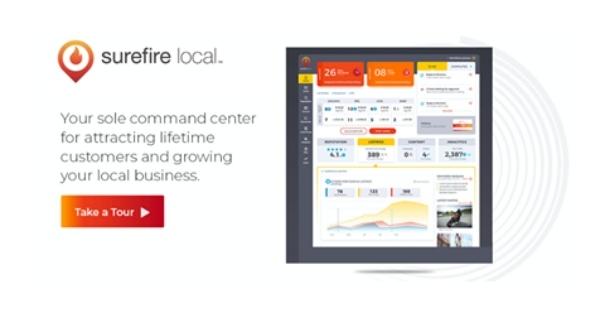Ensure Profitability Through Estimation

By Paul Atherton, business coach and engineer, Breakthrough Academy.
Learn these four key elements and enjoy successful communication with your customers and employees.
Most business owners and entrepreneurs have found themselves in situations where they spent valuable time addressing issues that could’ve been avoided through proper planning and communication. The problems caused by gaps in communication between your employees, yourself and your customers can be costly. Luckily, you can lessen the chaos by utilizing these four communication techniques.
In order for your business to grow and become more efficient, it is crucial to adopt a mindset that embraces strategies that decrease time spent addressing unplanned job events. Your business must reach a place where you feel comfortable handing over control of a project to your capable staff, and you are confident that they will deliver a quality service to your customers.
Many trade contractors have a consistent method for carefully considering and calculating project components such as time and materials (if you don’t, download our standardized estimating system at the bottom of the article). However, many forget to consider project intangibles, that have the ability to make or break the success of a job.
At Breakthrough Academy, we work with hundreds of fast-growing and successful companies, and it is clear to us that the majority of problems that arise during a project can be avoided when a clear communication plan is developed for each project when planning for it. Every communication plan should outline a system that ensures that the right conversations will happen during the initial meeting(s) with a client, and that the staff are clear on how to execute the project at a high level of quality.

There are four key elements of a communication plan that should be established and can be categorized using the following acronym: DECA – Deliverables, Exclusions, Constraints, Assumptions.
D - Deliverables
Deliverables are often all that we really think about when planning a job. These are found by tallying up a list of all the tasks necessary to fill a customer’s need. Once this list is built, we then have a baseline for attributing a charge for each item along with exemptions for changes in scope or any contractual issues that might arise.
E - Exclusions
Always ask the customer: “What doesn’t our work include?” Project exclusions are rarely talked about until a project is well underway, and the customer asks things like:
-
“How come your company can’t manage organizing delivery of all the material that my wife and I supplied for this project”
-
“Isn’t the shed also included in the price? I pointed right at it when you were here going through all costs.”
-
“Why are you charging me a project management fee on top of the work associated with this change order?”
We need to explicitly state what is out of scope for the project. This will help manage customer expectations.
C - Constraints
All job activities are affected by limiting factors called constraints. Project constraints are defined by internal or external restrictions that usually revolve around the budget or schedule. These constraints are imposed by the contractor and client during the initial stages of a job when a bid is being reviewed or a contract is being negotiated. Some common examples of project constraints are:
-
Ensuring a job’s profit margins can be maintained. Never agree to take on a job or sign a change order without knowing that your company’s bottom line will be met.
-
Ensuring project schedule milestones meet customer requirements. (Example: Patio upgrade complete before a family wedding)
-
Ensuring project schedule milestones meet your company’s internal capabilities. We should never make commitments that require our staff to be in three places at once.
There is a bandwidth of constraints that all jobs should move within for your company to achieve its goals. How well we can control the upper and lower limits of that bandwidth will determine the level of success your company will reach.
A - Assumptions
You might have a client who watches a lot of HGTV or has familiarity working with a much smaller or much larger company. Their past experiences will cause them to have certain expectations or assumptions which might be different from the services you can provide. Here are some examples:
-
A customer assumes that you will be onsite with your crew for the whole duration of the job.
-
A customer assumes that you will coordinate use of their building’s freight elevator with the doorman.
-
A sub-contractor assumes they can discuss work scope additions with the client in your absence.
An assumption can be defined as a factor that is perceived to be certain, true or real without any demonstration or proof. If the accuracy of an assumption has a colossal effect on your company’s performance, then this assumption should be brought to light and documented.
Transparency is key to running a successful job, managing customer expectations and maintaining visibility as a successful entrepreneur in your industry. Always remember to go through DECA whenever you are planning out a job or gathering information to perform a service. High fences make good neighbors so ensure that everything discussed with your customer is clearly outlined in job documentation such as contracts or quotations.
The level of detail to which the communication plan defines the work will help determine how well your company can execute a job and manage the expectations of your customers, so remember to discuss and document each of the four DECA components in detail when planning your next project.
Download our standardized estimating system with DECA inclusion to get started.
Learn more about Breakthrough Academy in their RoofersCoffeeShop® Directory or visit btacademy.com.
Original article source: Breakthrough Academy























Comments
Leave a Reply
Have an account? Login to leave a comment!
Sign In